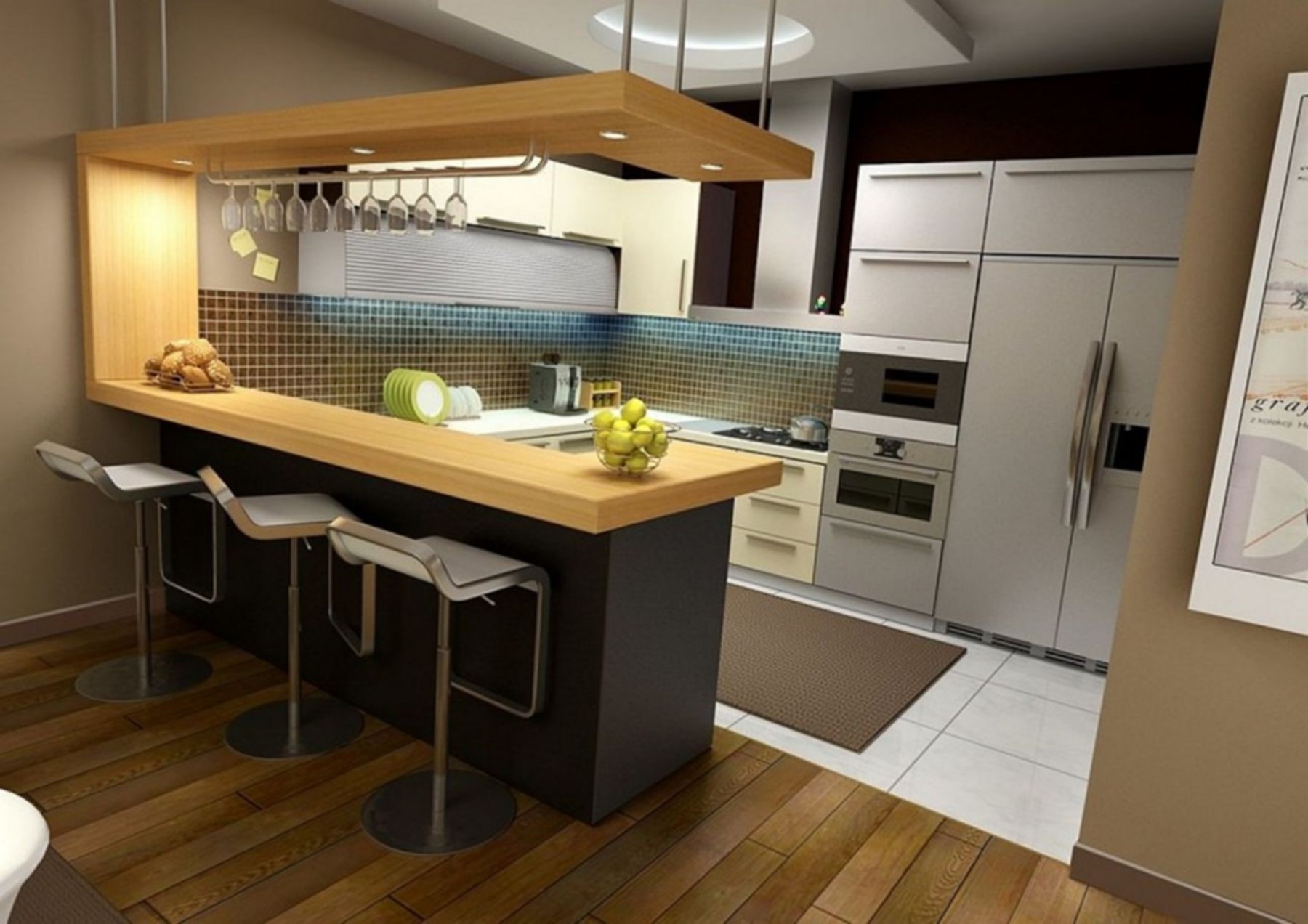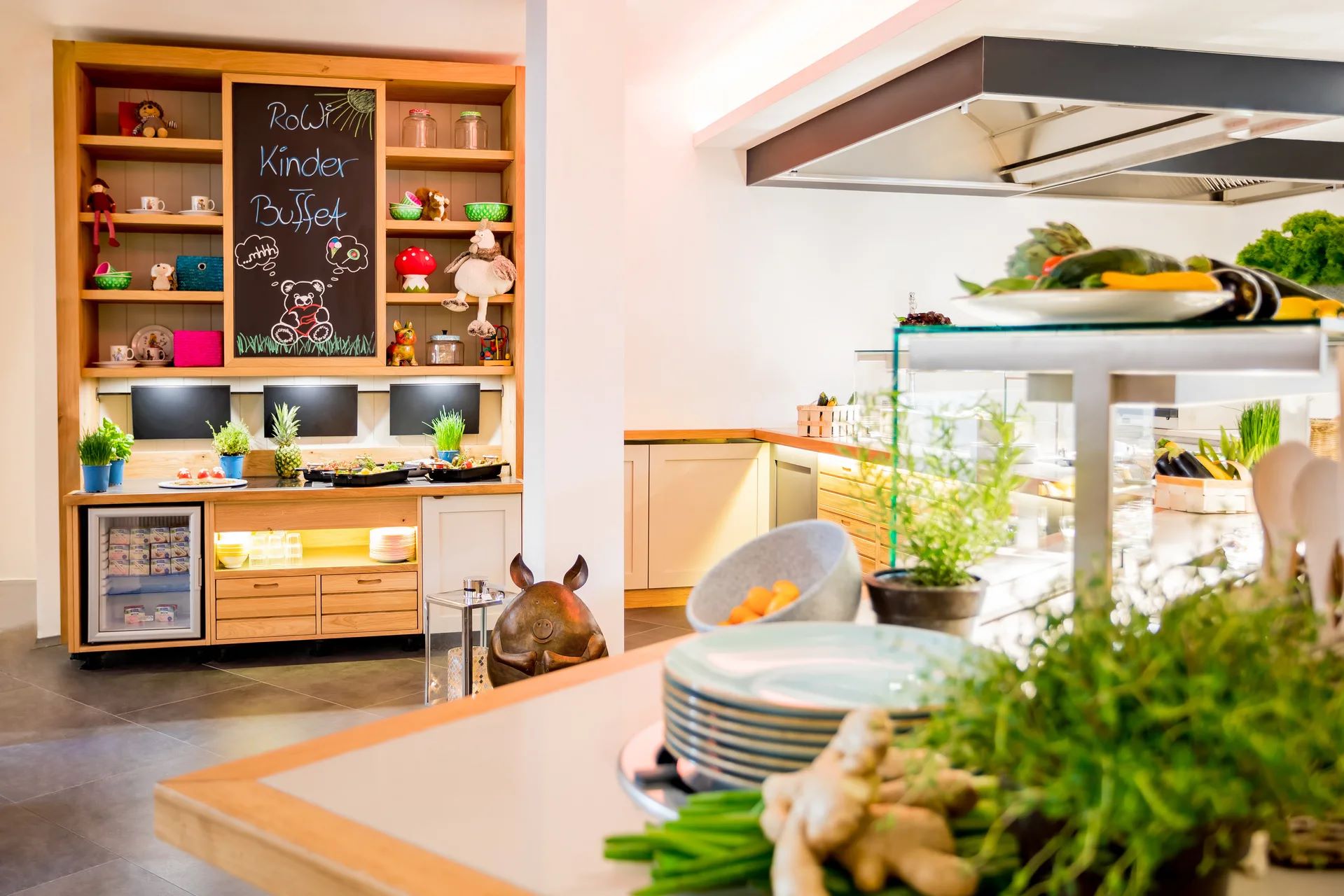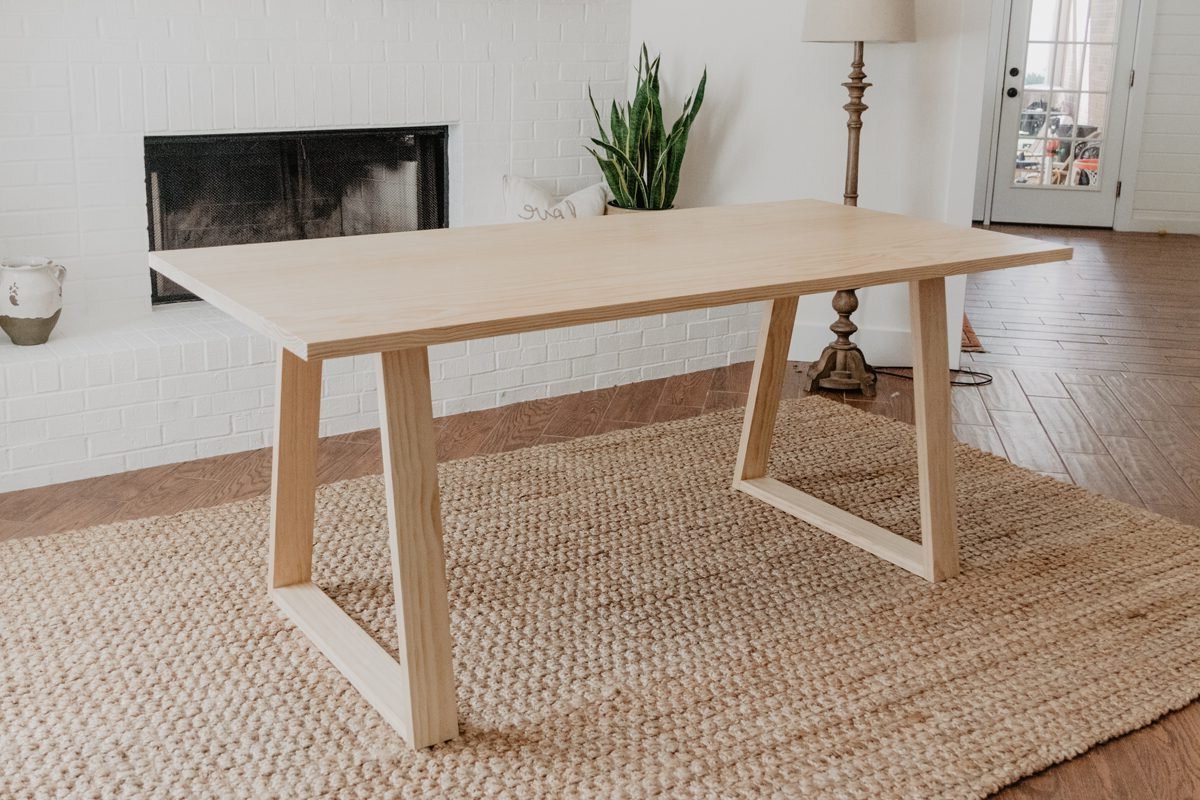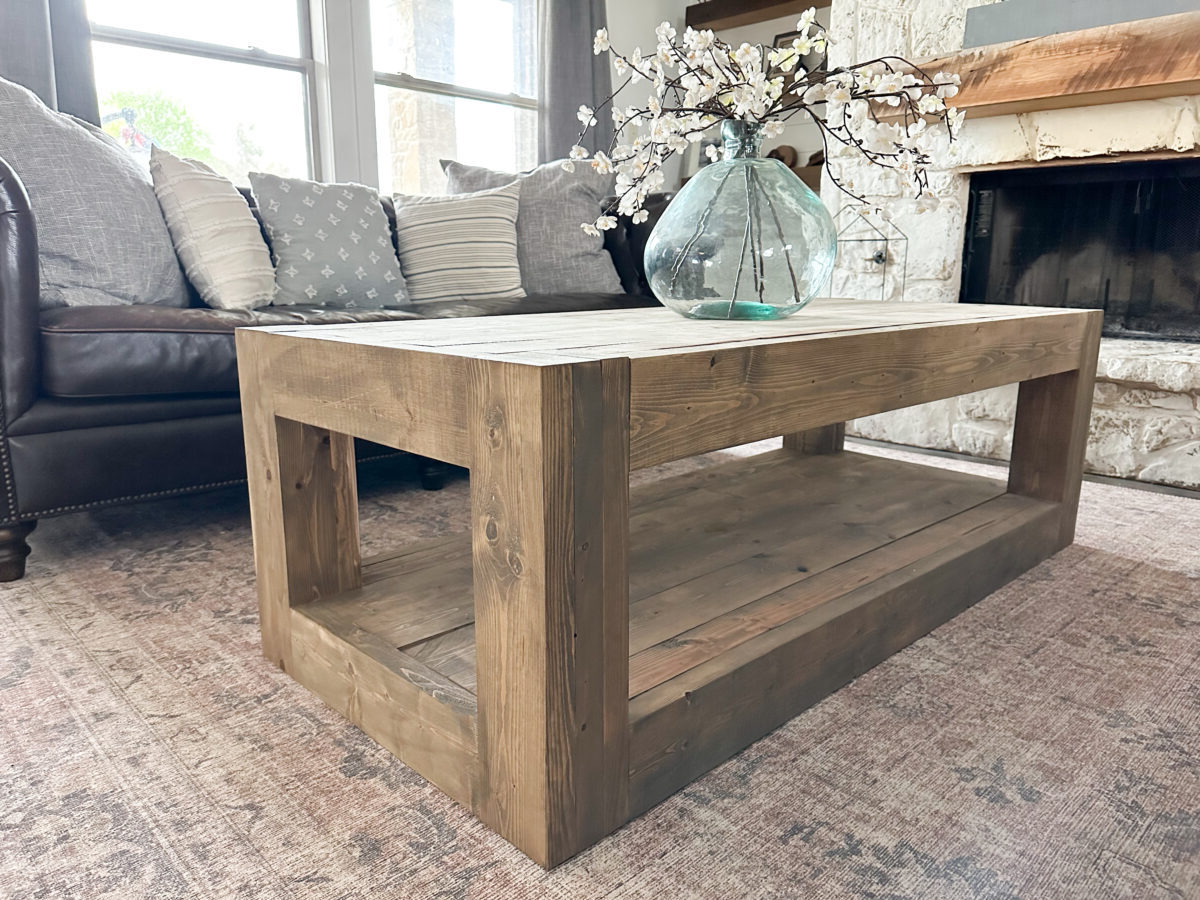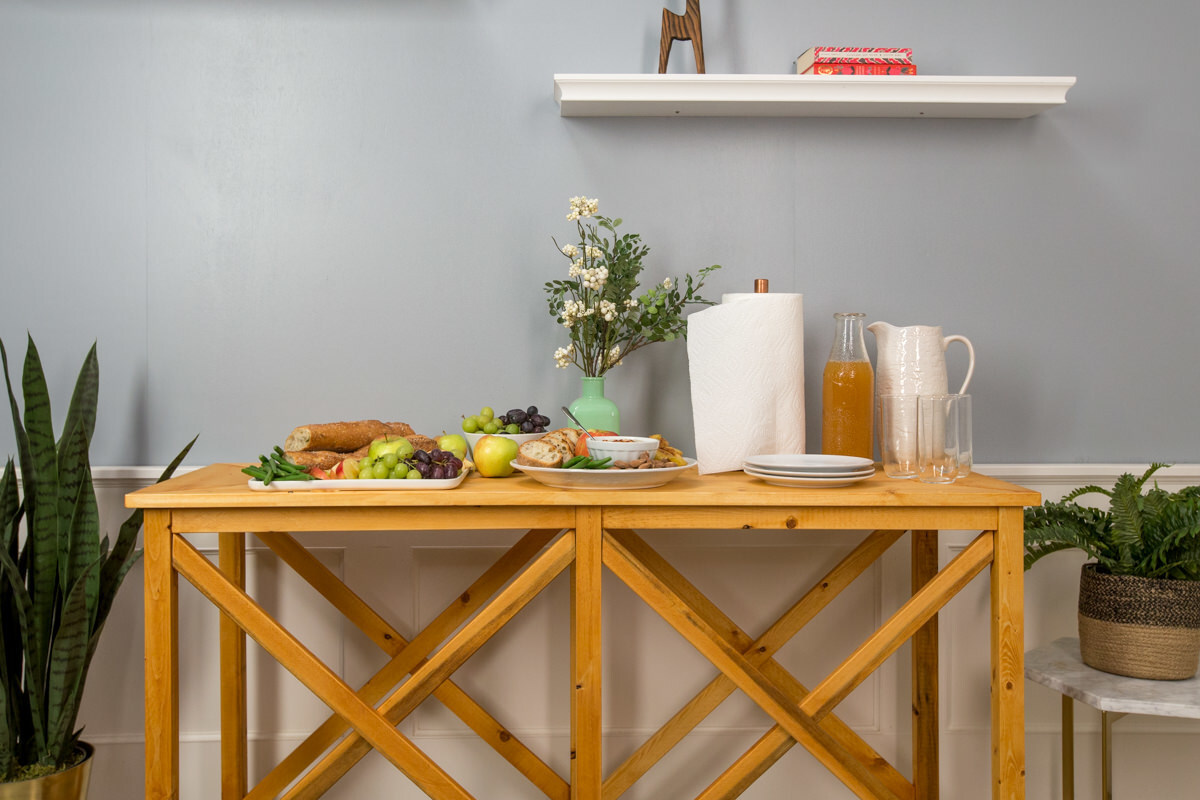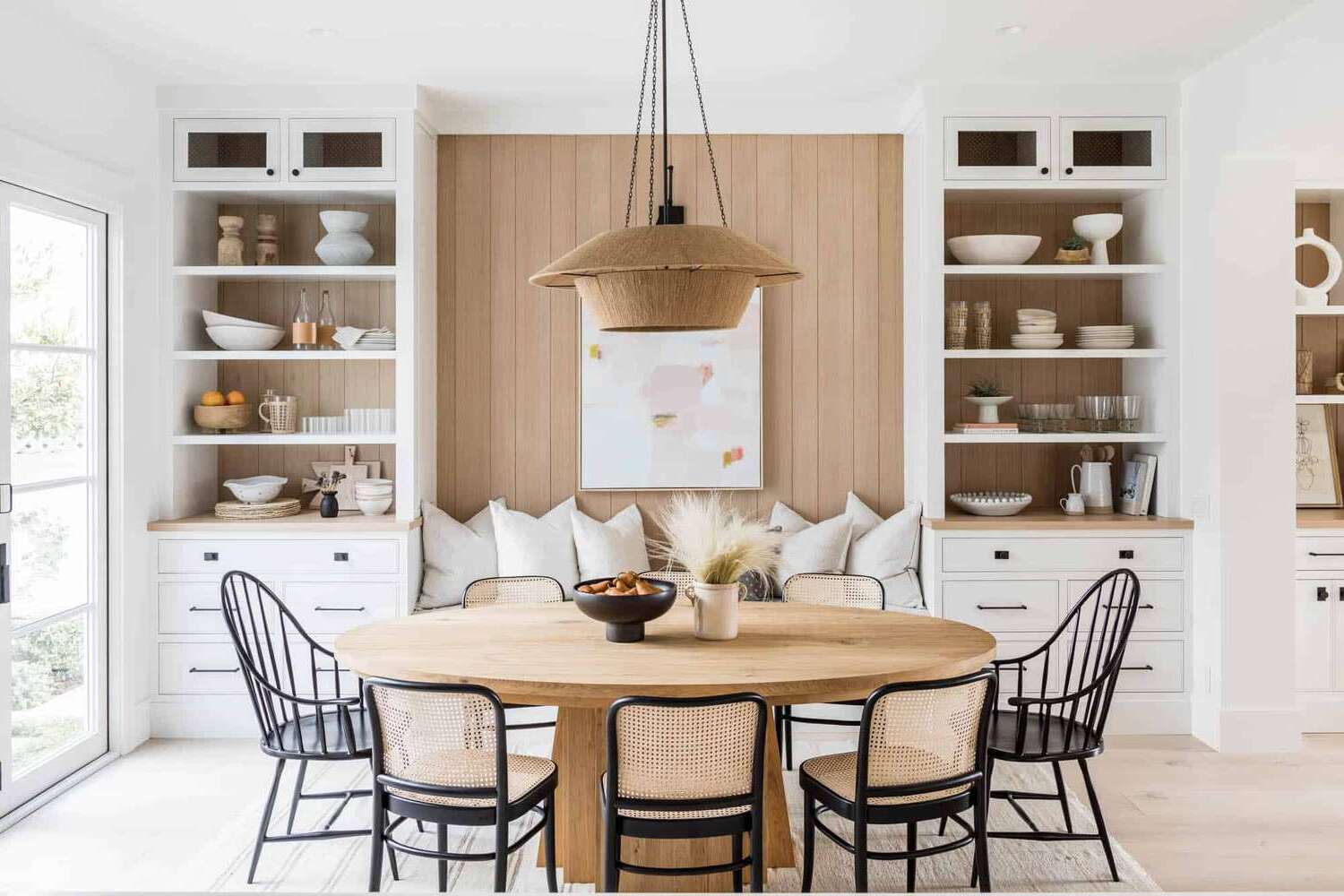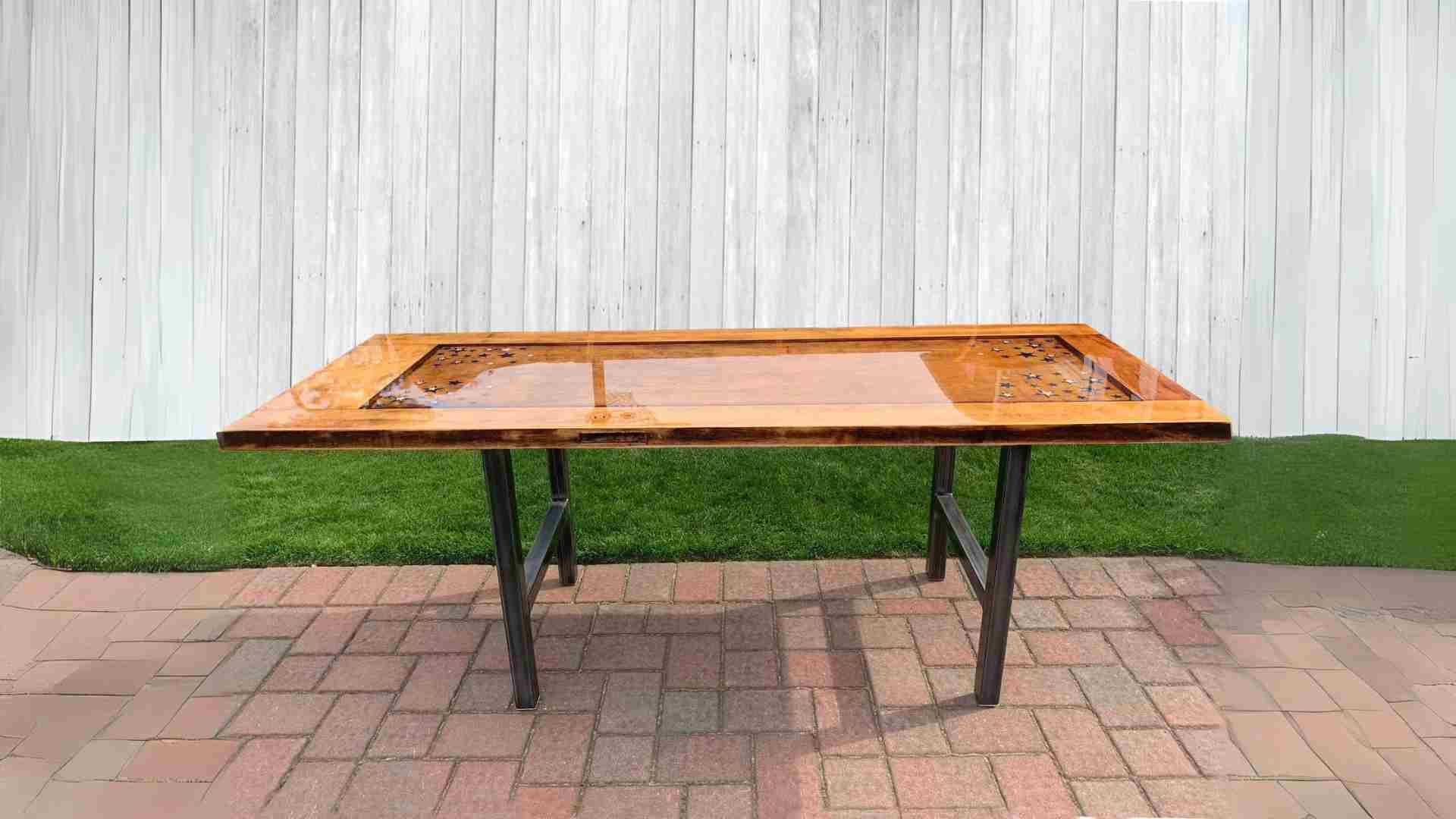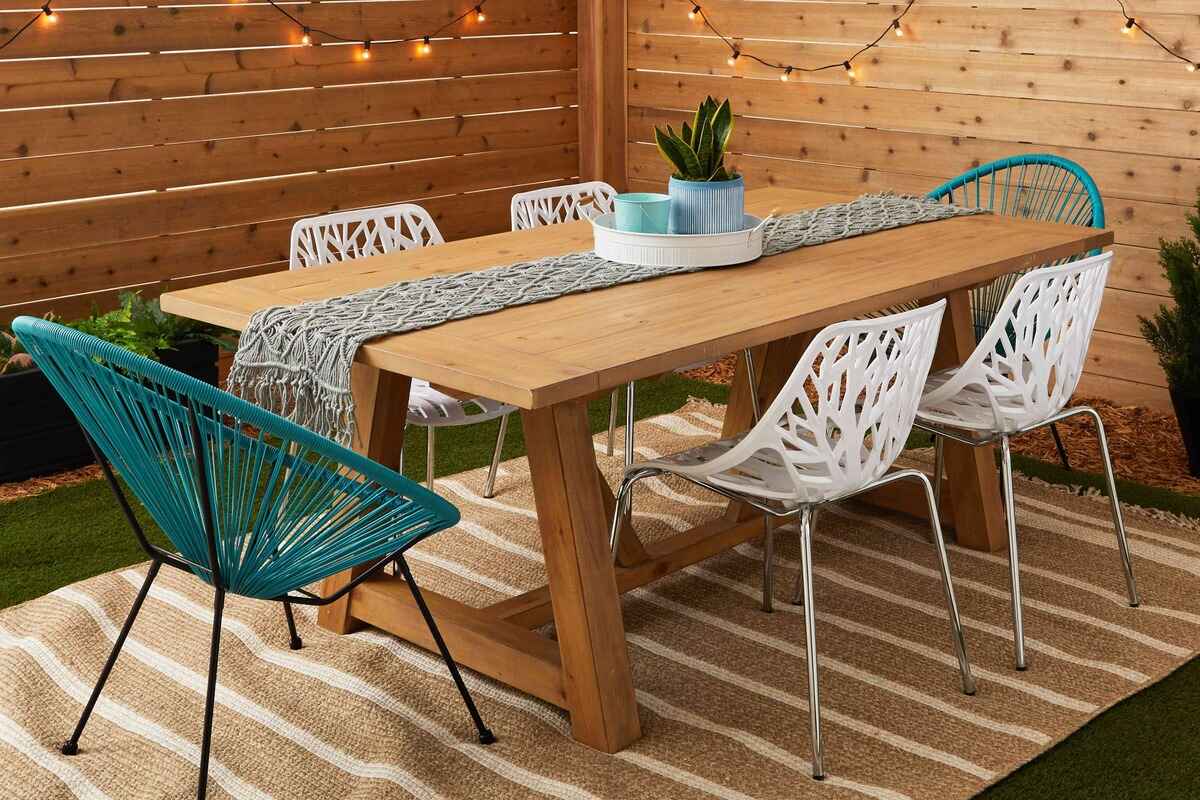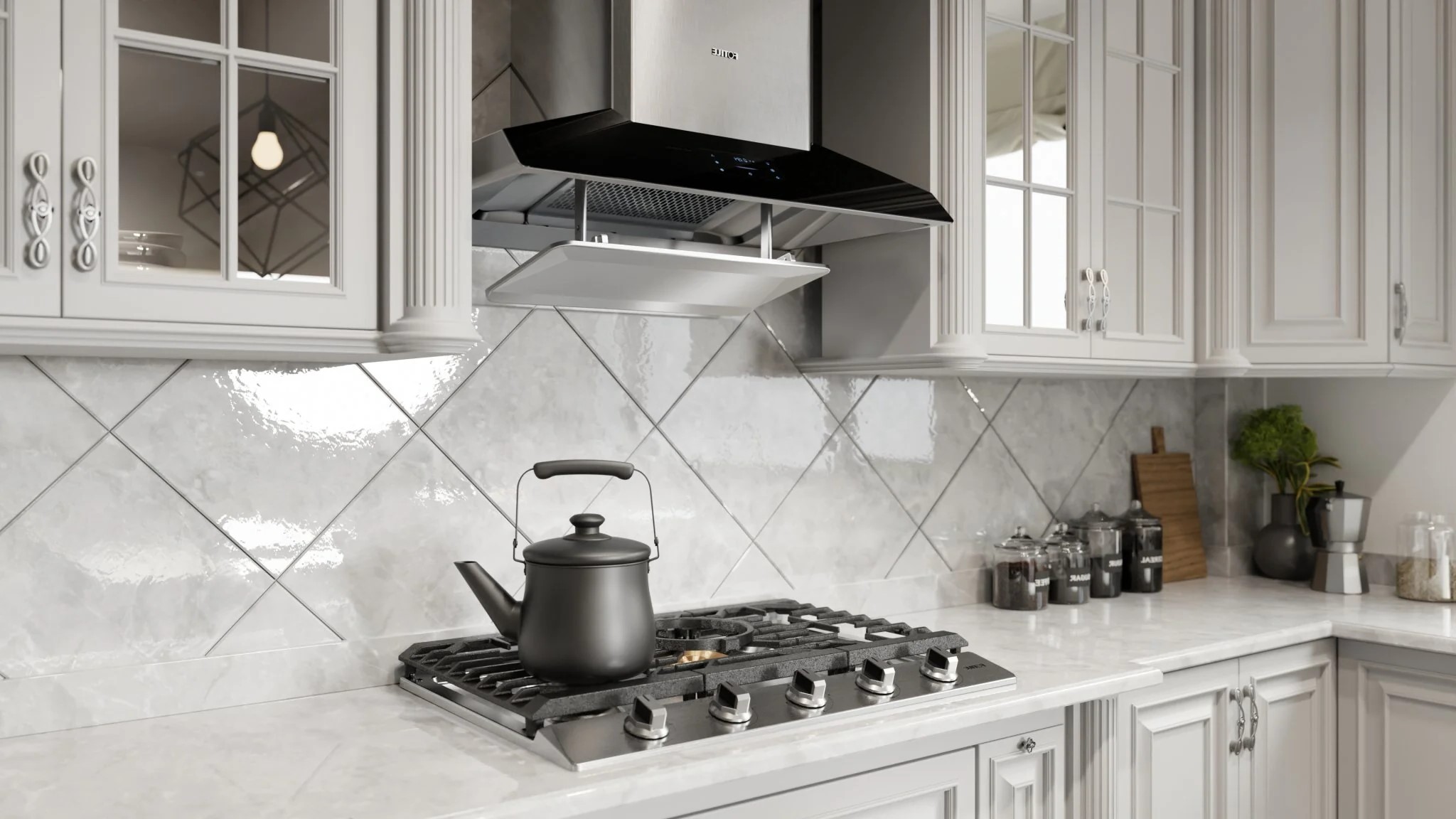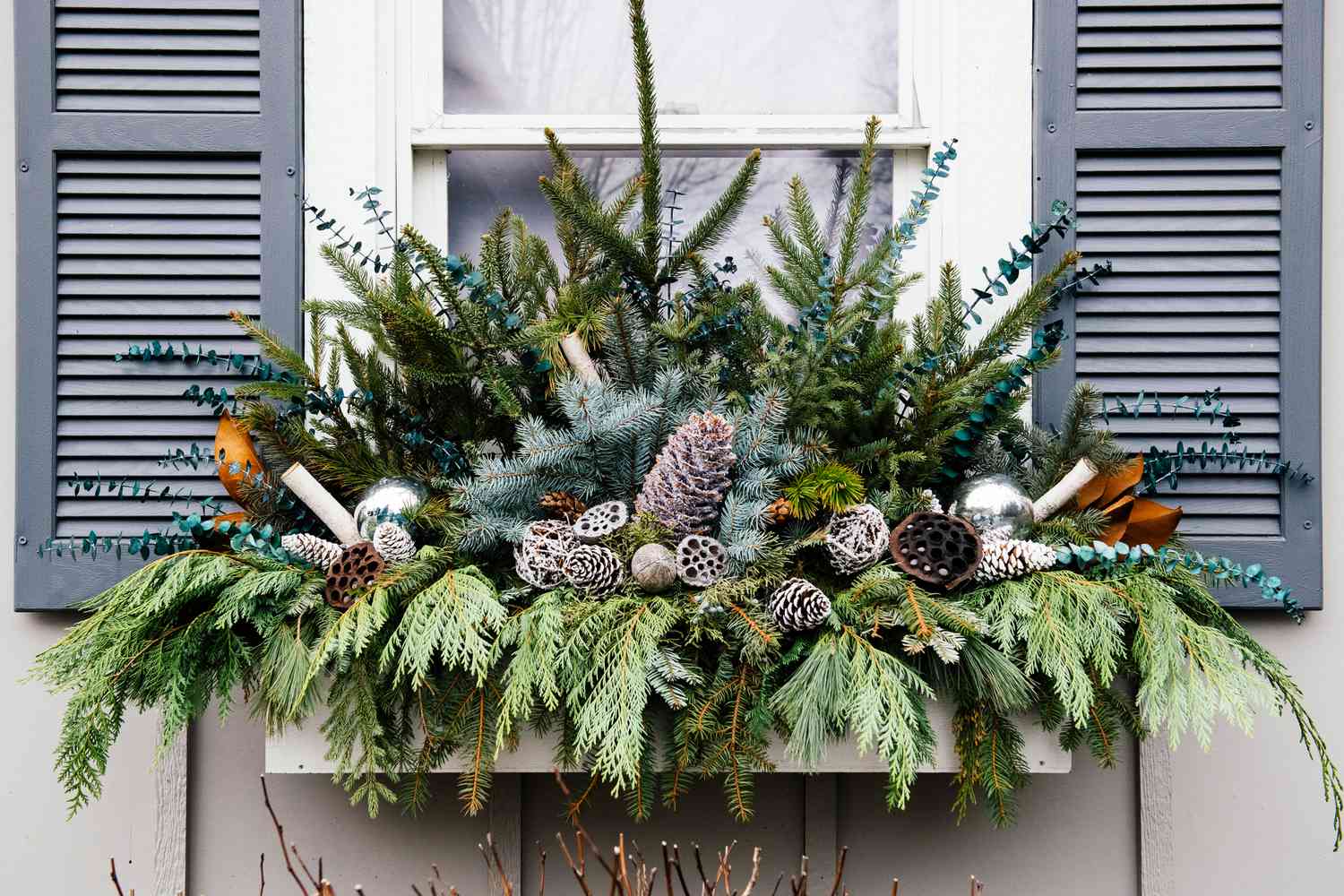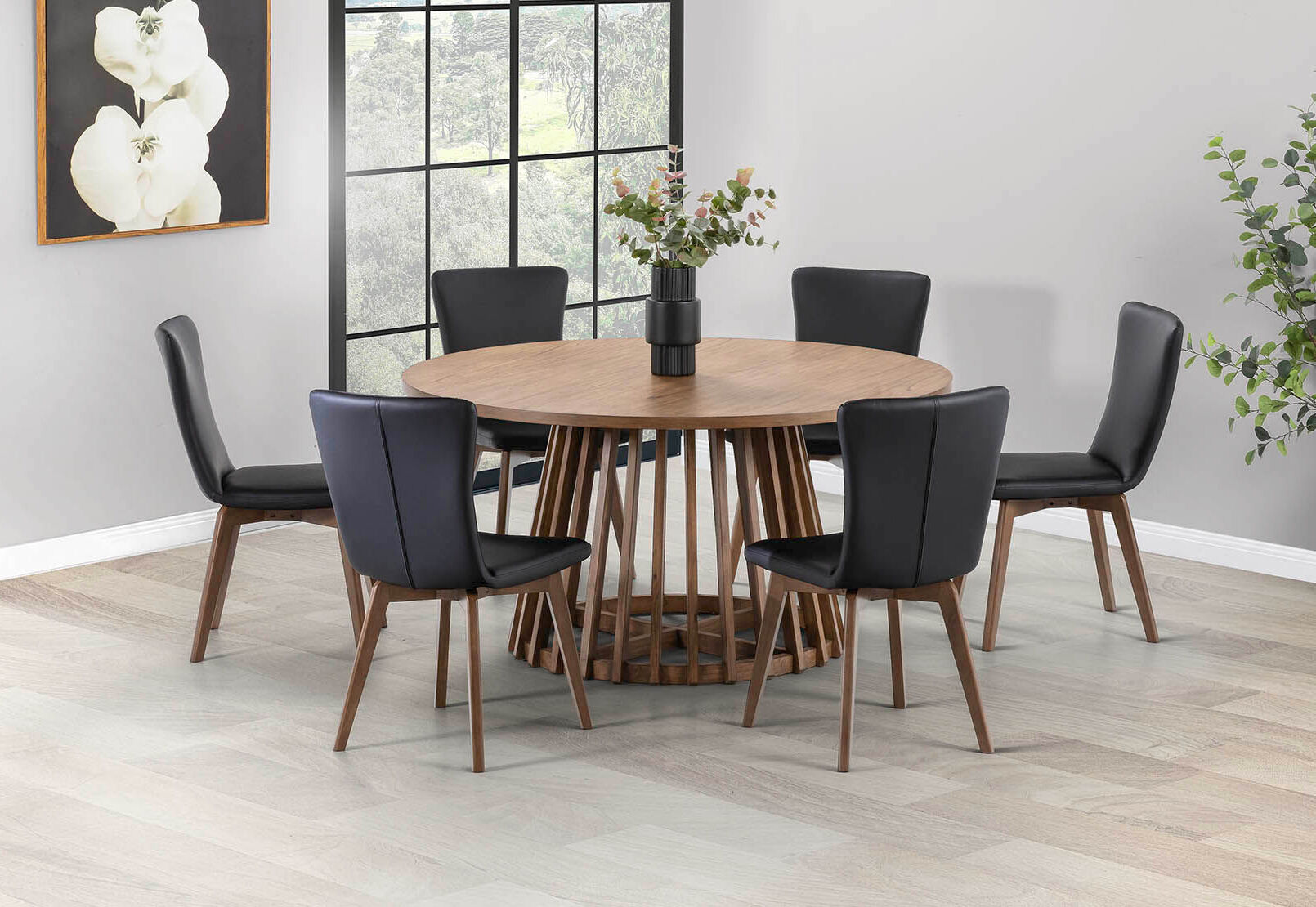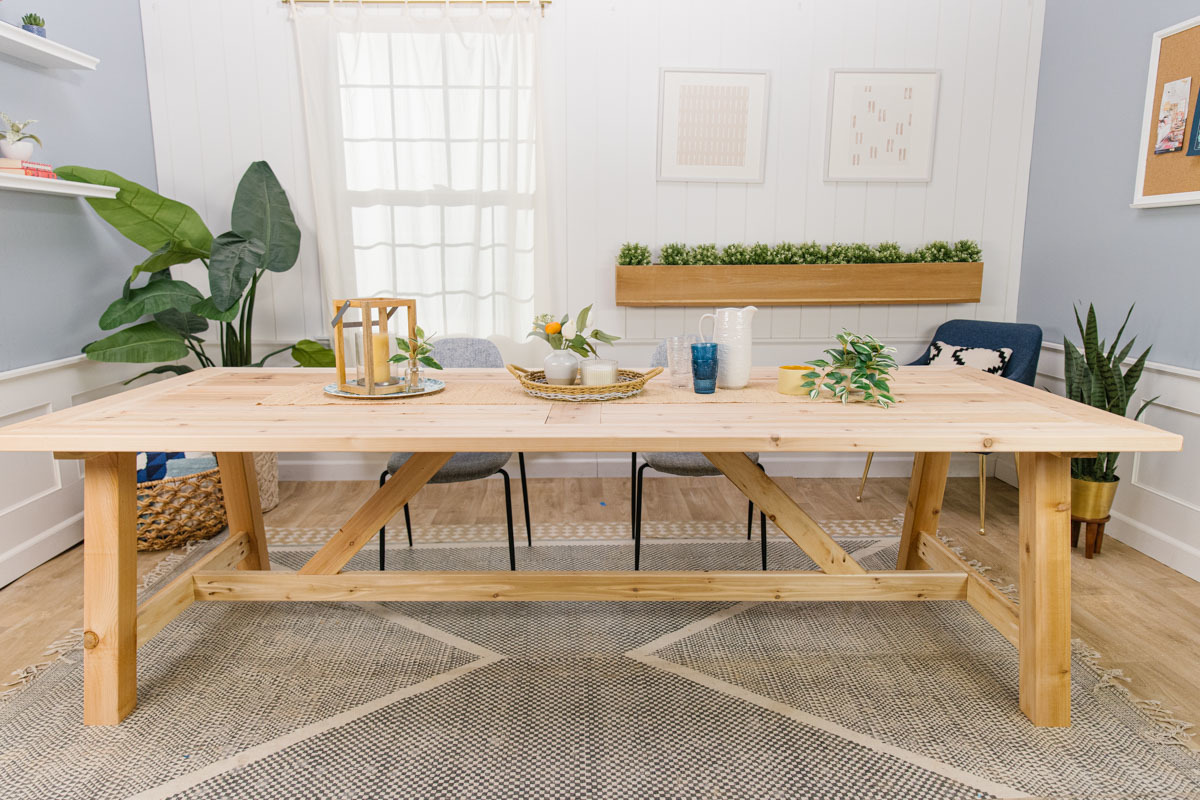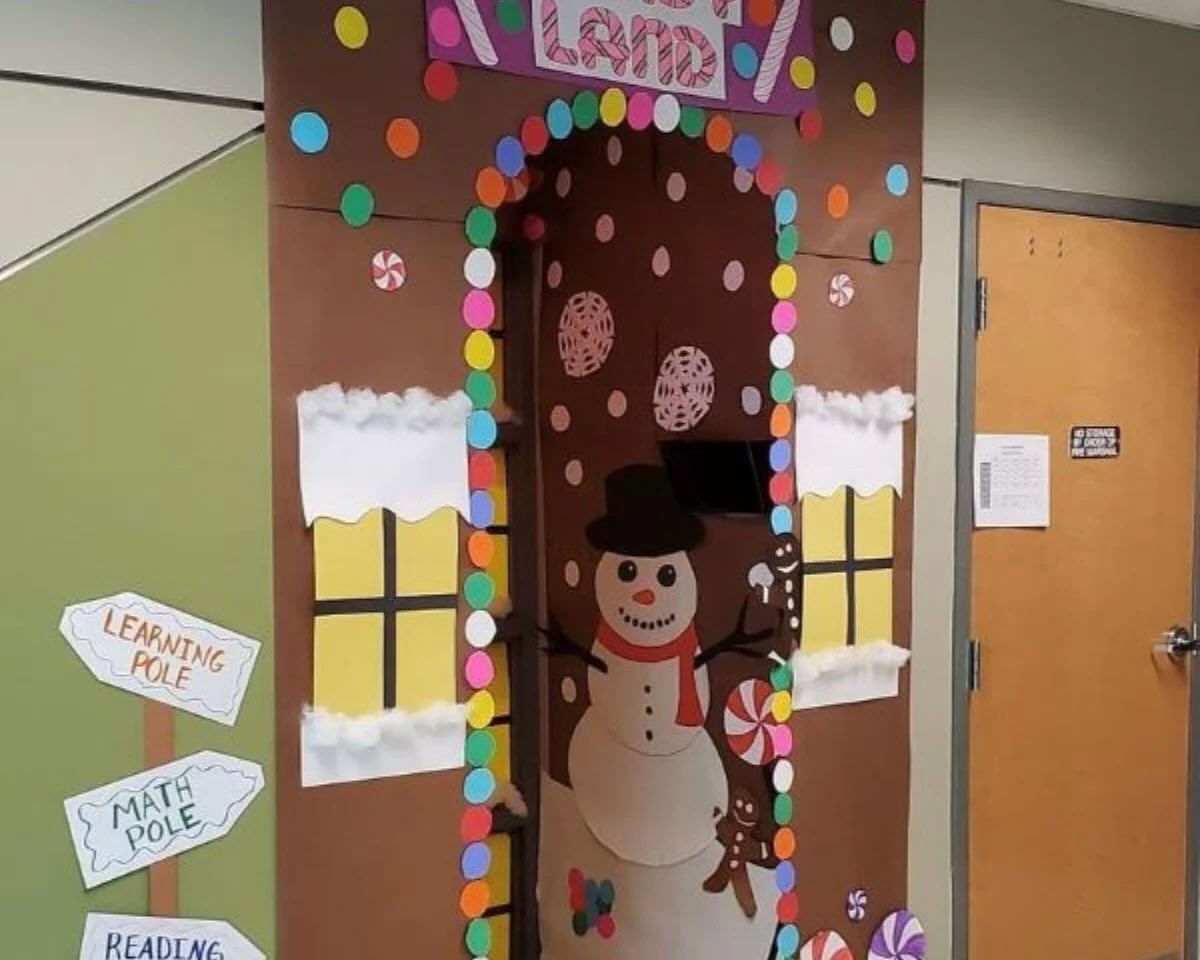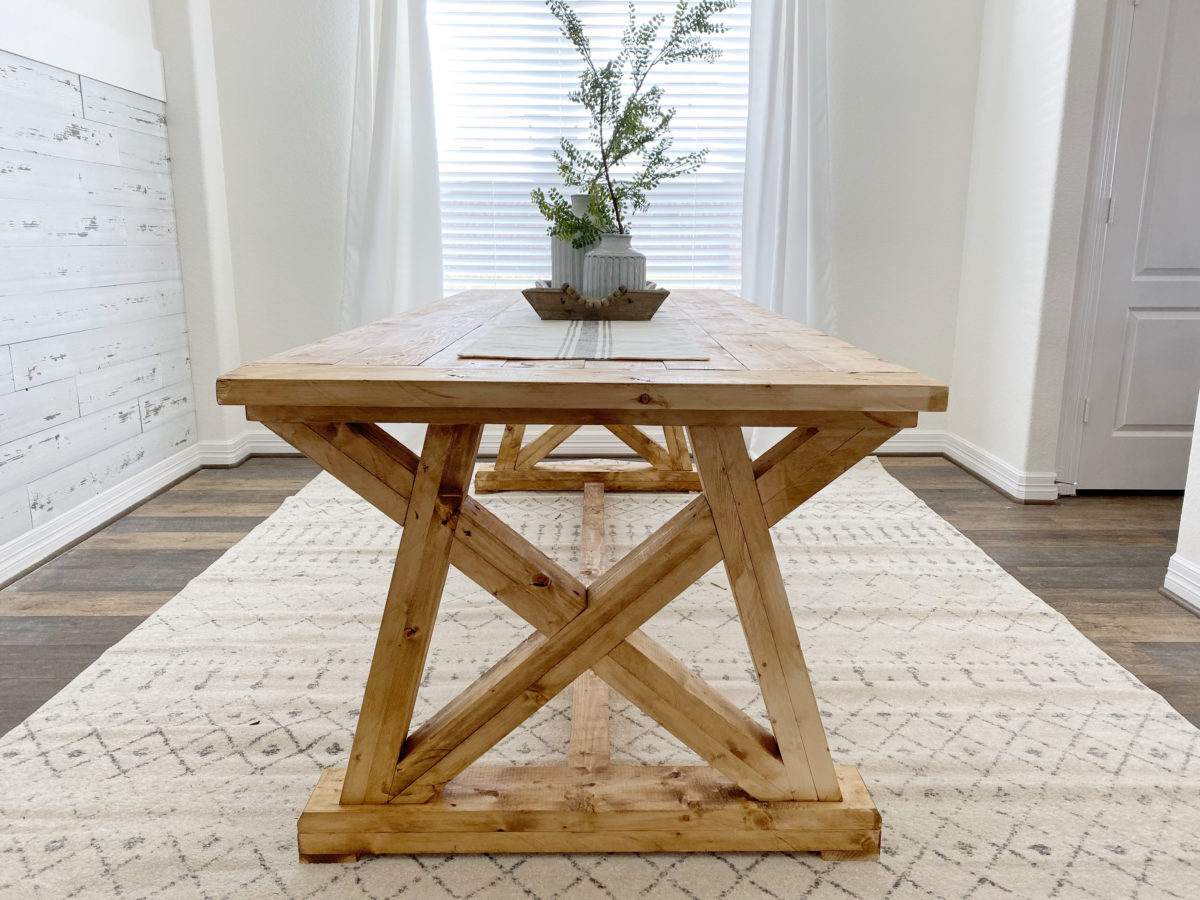Home>Create & Decorate>DIY & Crafts>DIY Train Table Plans: Build Your Own Playtime Wonderland
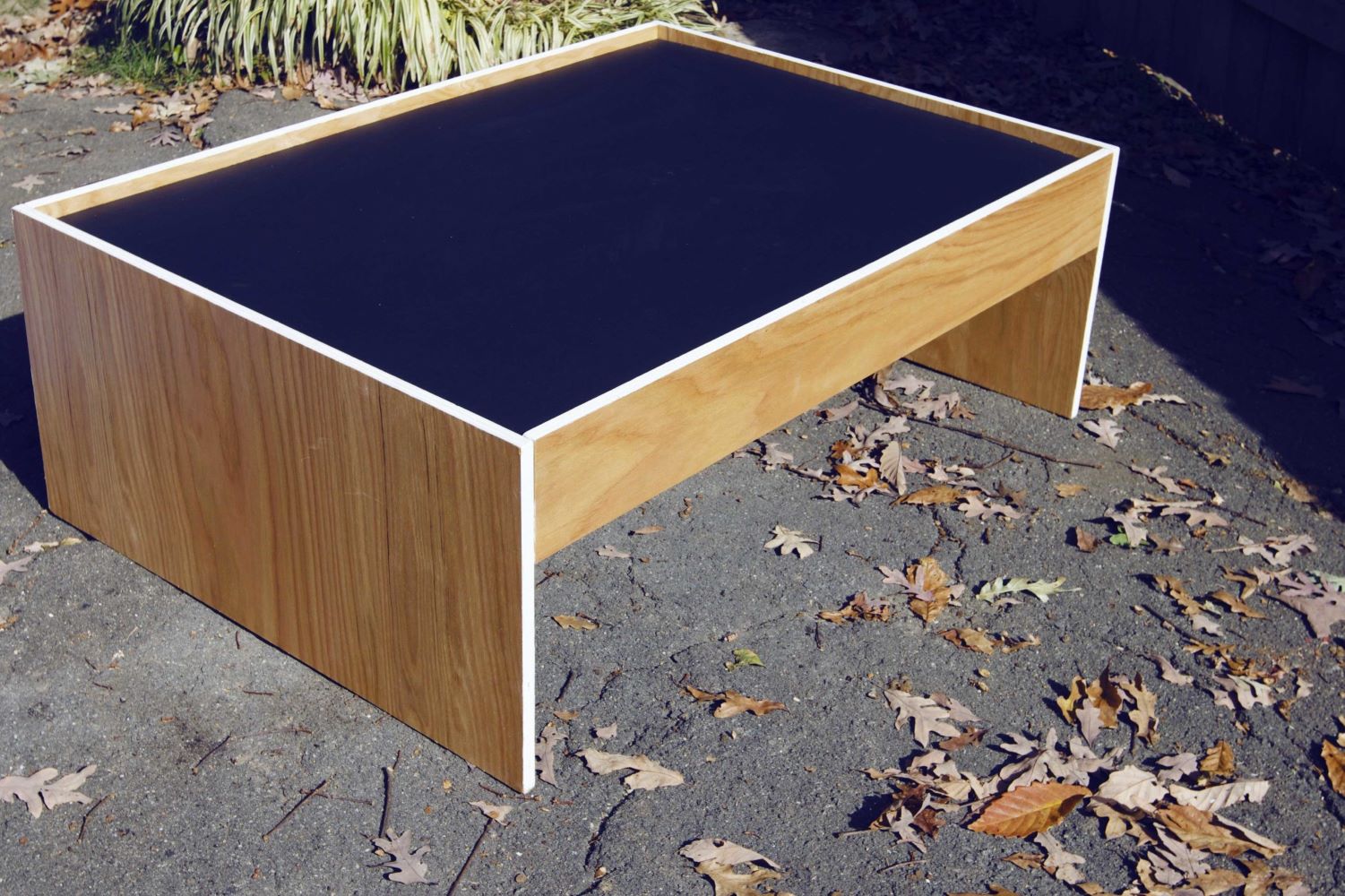

DIY & Crafts
DIY Train Table Plans: Build Your Own Playtime Wonderland
Published: May 21, 2024

Senior Editor in Create & Decorate, Kathryn combines traditional craftsmanship with contemporary trends. Her background in textile design and commitment to sustainable crafts inspire both content and community.
Discover the ultimate DIY train table plans to create a magical playtime wonderland for your kids. Get step-by-step instructions and unleash your creativity with these DIY & Crafts projects.
(Many of the links in this article redirect to a specific reviewed product. Your purchase of these products through affiliate links helps to generate commission for Twigandthistle.com, at no extra cost. Learn more)
Introduction
Are you looking to create a magical playtime space for your little ones? Building your own train table can be a rewarding and enjoyable project that will provide hours of entertainment for your children. In this article, we will guide you through the process of constructing your very own train table, from the materials and tools needed to step-by-step instructions and tips for customization. Let's dive into the world of DIY train table plans and discover how you can bring joy and creativity to your home with this fun and practical project.
Read more: DIY Table Centerpiece Ideas
Benefits of Building Your Own Train Table
-
Customization: When you build your own train table, you have the freedom to customize it to fit your space and your child's preferences. You can choose the size, shape, and design that best suits your needs, ensuring that it fits perfectly in your home and provides the ideal play area for your little conductor.
-
Cost-Effective: Building your own train table can be a cost-effective alternative to purchasing a pre-made one. By sourcing the materials yourself and putting in the effort to construct it, you can save money while still creating a high-quality and durable play surface for your children.
-
Quality Control: When you build a train table from scratch, you have full control over the materials and construction methods used. This means you can ensure that the table is sturdy, safe, and built to last, providing peace of mind for you and a secure play environment for your kids.
-
Bonding Experience: Involving your children in the process of building the train table can be a wonderful bonding experience. It allows them to witness the creation of their play space and gives them a sense of ownership and pride in the finished product.
-
Educational Value: Building a train table with your children can also be an educational experience. It provides an opportunity to teach them about woodworking, construction, and the satisfaction of creating something with their own hands.
-
Sense of Achievement: Completing a DIY project like a train table can instill a sense of achievement and confidence in both you and your children. It's a tangible result of your hard work and creativity that can be enjoyed for years to come.
-
Tailored to Your Needs: By building your own train table, you can tailor it to accommodate specific features such as storage compartments, removable tops, or integrated landscapes, enhancing the play experience for your little ones.
-
Sustainable Choice: Constructing your own train table allows you to make environmentally conscious choices regarding the materials used, ensuring that it aligns with your sustainability values and reduces the environmental impact of your purchase.
By considering these benefits, you can see how building your own train table offers not only a practical play surface but also a rewarding and enriching experience for both you and your children.
Materials and Tools Needed
Before embarking on your DIY train table project, it's essential to gather all the necessary materials and tools. Here's a comprehensive list to ensure you have everything you need to get started:
Materials
- Plywood: Choose a sturdy plywood sheet to serve as the tabletop. The size will depend on your desired dimensions for the train table.
- Lumber: Select quality lumber for constructing the table frame and legs. The dimensions will vary based on your design and the table's height.
- Wood Screws: Invest in a variety of wood screws in different lengths to secure the frame and tabletop.
- Wood Glue: Opt for a strong wood glue to reinforce the joints and ensure the stability of the table.
- Wood Putty: This will come in handy for filling any visible screw holes and achieving a smooth, finished look.
- Paint or Stain: Choose a child-safe paint or stain to add color and protection to the table. Consider using non-toxic options for the safety of your little ones.
- Clear Polyurethane: To provide a durable and easy-to-clean finish, consider applying a coat of clear polyurethane to the tabletop.
Tools
- Circular Saw or Table Saw: A reliable saw will be essential for cutting the plywood and lumber to the required dimensions.
- Drill: A power drill with various drill bits will be necessary for creating pilot holes and driving screws.
- Screwdriver: Both a manual and electric screwdriver will be useful for assembling the table frame and attaching the tabletop.
- Clamps: Having a selection of clamps on hand will aid in securing pieces together while the glue dries.
- Measuring Tape and Square: Accurate measurements and square angles are crucial for a well-constructed table, so these tools are indispensable.
- Sandpaper and Sanding Block: To smooth rough edges and surfaces, have a variety of sandpaper grits and a sanding block at your disposal.
- Paintbrushes or Rollers: Depending on your chosen finish, gather the appropriate brushes or rollers for applying paint, stain, or polyurethane.
By ensuring you have all the required materials and tools at the outset, you can streamline the construction process and minimize interruptions, bringing you closer to creating a delightful train table for your children to enjoy.
Read more: How to Build a DIY Dining Table
Step-by-Step Instructions for Building the Train Table
-
Prepare Your Workspace: Begin by setting up a spacious and well-lit workspace, such as a garage or workshop, where you can comfortably maneuver the materials and tools. Lay down a protective covering to prevent damage to the floor and gather all the necessary equipment within easy reach.
-
Cut the Plywood and Lumber: Using a circular saw or table saw, carefully cut the plywood to your desired tabletop dimensions. Next, cut the lumber to construct the frame and legs of the table, ensuring that the pieces are cut accurately and to the appropriate lengths.
-
Assemble the Table Frame: Lay out the lumber pieces according to your design, then use wood glue and screws to securely fasten the frame together. Ensure that the corners are square and the frame is stable before proceeding.
-
Attach the Legs: Once the frame is assembled, attach the legs to each corner using wood glue and screws. It's essential to ensure that the legs are straight and level to provide a stable foundation for the table.
-
Secure the Tabletop: With the frame and legs in place, carefully position the plywood tabletop on the frame. Use wood screws to secure the tabletop to the frame, ensuring a snug and even attachment.
-
Fill and Sand: Fill any visible screw holes and imperfections with wood putty, then sand the entire table to achieve a smooth and uniform surface. Pay attention to the edges and corners to prevent any sharp or rough areas.
-
Apply Finish: Once the table is sanded and cleaned, apply your chosen finish, whether it's paint, stain, or clear polyurethane. Follow the manufacturer's instructions for application and drying times, and consider applying multiple coats for added durability.
-
Add Custom Features (Optional): If desired, this is the stage to add custom features such as storage compartments, removable tops, or integrated landscapes. Get creative and tailor the table to your child's playtime preferences.
-
Inspect and Test: Before introducing the table to your children, thoroughly inspect the construction for any loose screws, rough edges, or stability issues. Once you're satisfied with the quality, invite your little ones to enjoy their new playtime wonderland.
By following these step-by-step instructions, you can confidently embark on the construction of your DIY train table, ensuring a well-crafted and personalized play surface for your children to cherish.
Tips for Customizing Your Train Table
-
Incorporate a Landscape: Consider adding a landscape to your train table to create a more immersive play experience. You can use materials such as artificial grass, small trees, and miniature buildings to bring the tabletop to life. This customization can spark your child's imagination and make the playtime even more engaging.
-
Integrate Storage Compartments: To keep the play area organized, incorporate storage compartments into the design of the train table. These compartments can hold train tracks, accessories, and other play items, ensuring that everything has its place and can be easily accessed during playtime.
-
Personalize with Paint: Get creative with paint to personalize the train table according to your child's interests. Whether it's adding colorful designs, creating a themed landscape, or incorporating your child's favorite characters, a touch of paint can transform the table into a unique and captivating play space.
-
Design Removable Tops: If versatility is important to you, consider designing removable tops for the train table. This allows you to switch between different play surfaces, such as a train layout, a LEGO building area, or a smooth tabletop for other activities, providing endless entertainment options for your child.
-
Incorporate Lighting: Adding small, battery-operated LED lights to the train table can enhance the visual appeal and create a magical atmosphere during playtime. Whether it's simulating streetlights, highlighting specific areas, or creating a starry night sky, lighting can add an extra dimension to the play experience.
-
Create a Multi-Level Layout: For a more dynamic play area, consider creating a multi-level train table with ramps, bridges, and elevated sections. This design adds complexity to the train tracks and provides an exciting three-dimensional element to the playtime environment.
-
Install a Reversible Tabletop: If space is limited, consider installing a reversible tabletop with a different play surface on each side. This allows you to maximize the functionality of the train table, providing variety without taking up additional space.
-
Add Interactive Elements: Incorporate interactive elements such as buttons, levers, or moving parts into the train table design. These features can trigger sound effects, activate lights, or control train movements, adding an interactive and engaging aspect to the play experience.
By considering these tips for customizing your train table, you can create a playtime wonderland that is tailored to your child's preferences and provides endless opportunities for imaginative and interactive play.
Conclusion
In conclusion, embarking on the journey of building your own train table can be a fulfilling and worthwhile endeavor. By customizing the play space to fit your home and your child's interests, you can create a magical and engaging environment that fosters creativity and imagination. The process of constructing the table provides an opportunity for bonding, learning, and a sense of accomplishment for both you and your children. With careful planning, attention to detail, and a touch of creativity, you can craft a playtime wonderland that will bring joy and entertainment to your little ones for years to come. So, roll up your sleeves, gather your materials and tools, and get ready to build a train table that will be the centerpiece of countless adventures and cherished memories.

